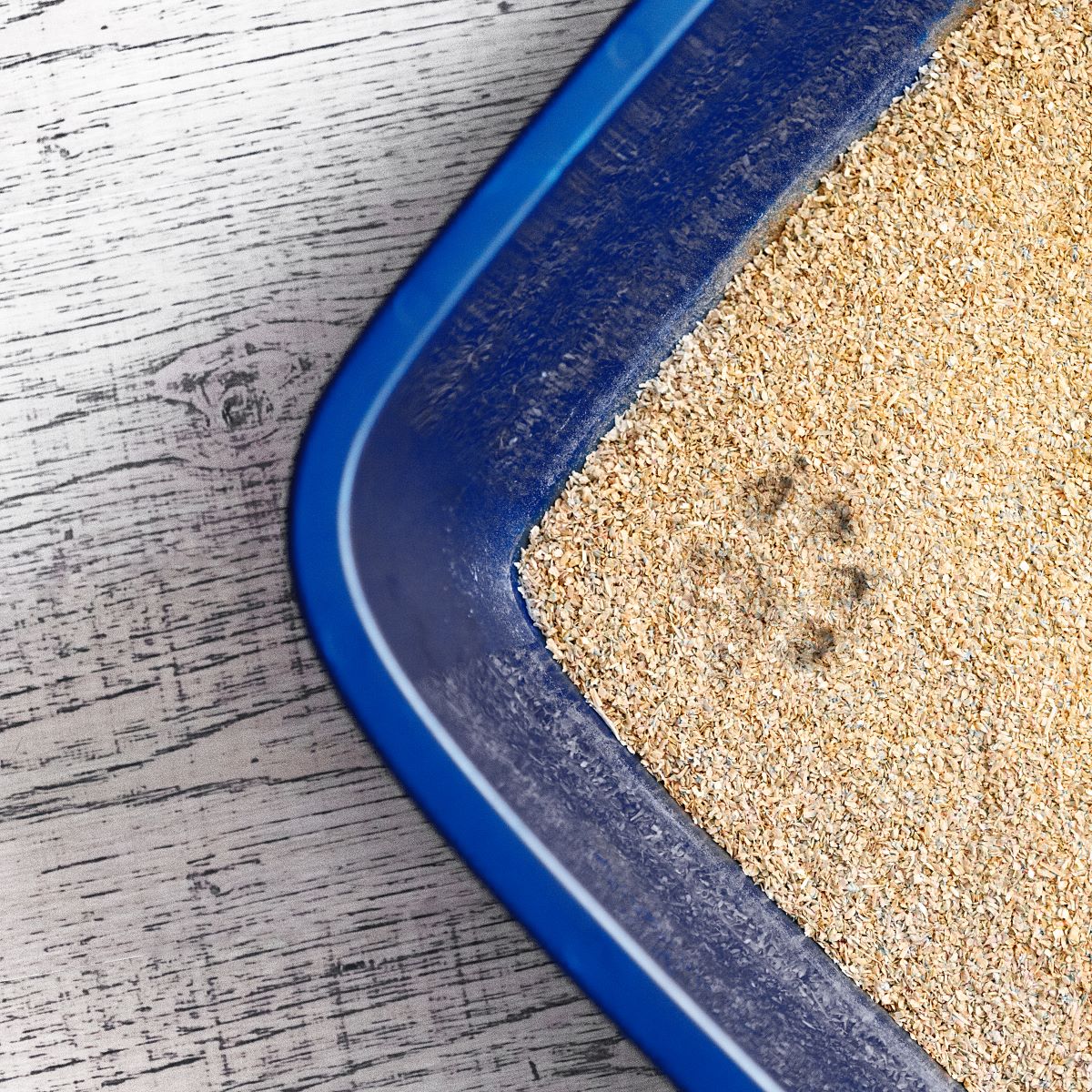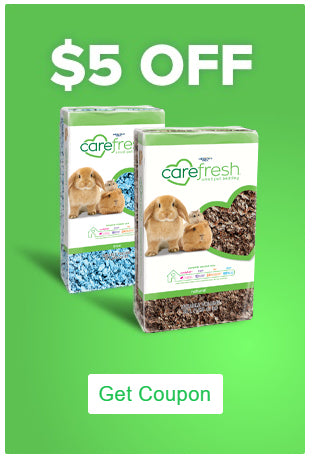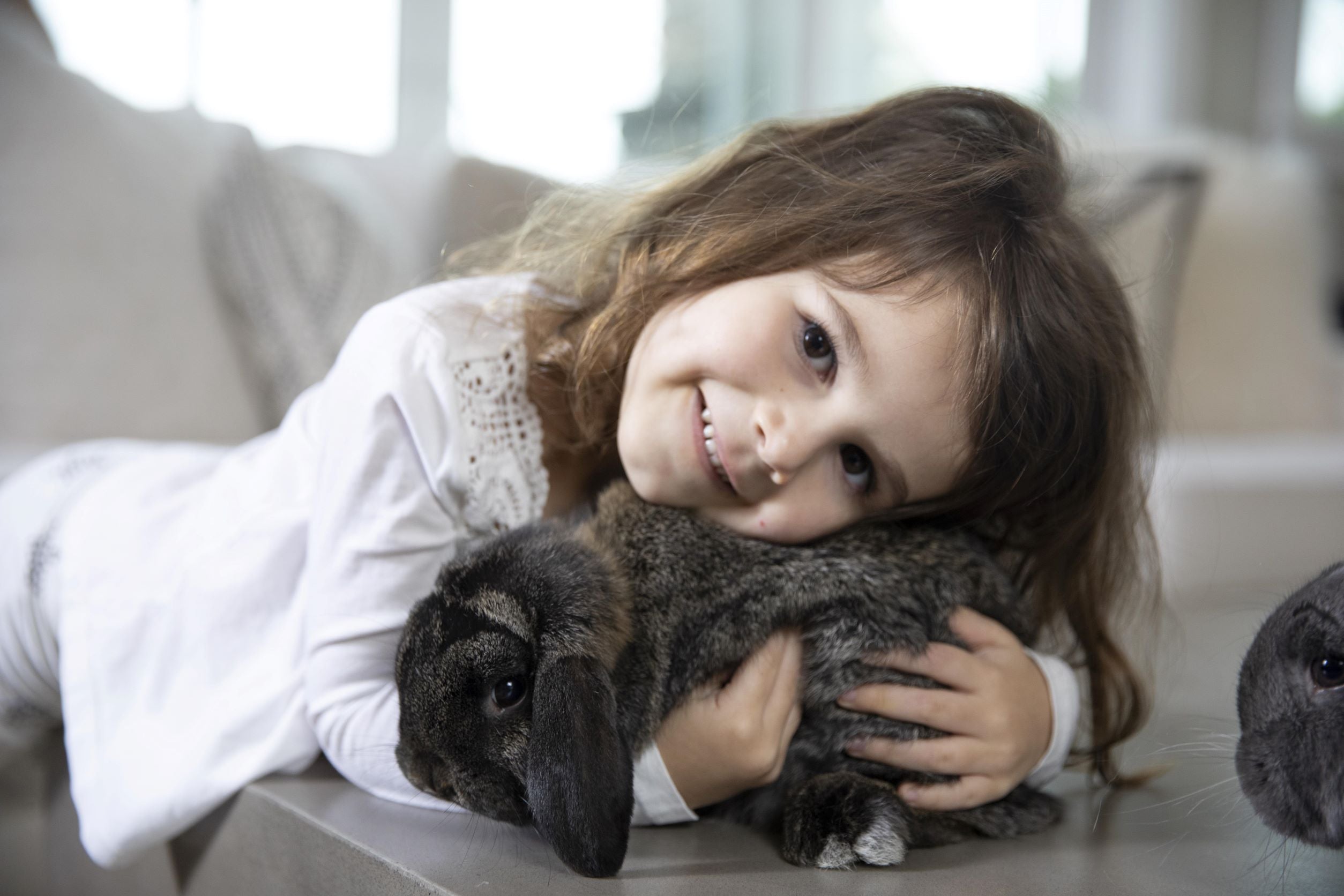
Eco-Friendly Backyard Design That’s Great for Pets and the Planet
A backyard can be a lot of things. A place for your dog to tear around like a maniac. A quiet corner to drink your morning coffee. Somewhere the kids make mud pies or the cat stretches out in a patch of sun. But a backyard can also do something bigger. It can support the little world around it.
Eco-friendly design isn’t a buzzword here. It’s a way of thinking that takes your space and folds it back into nature, instead of walling it off from it. You can have a yard that looks good, feels good, and doesn’t wreck the planet in the process. The best part? It’s usually less work than the high-maintenance version you’ve been told to chase.
Rethink How Your Yard Works
Most people try to control their yard into submission. Mow this short. Spray that weed. Dump fertilizer so the grass glows neon green. Then spend every weekend fighting to keep it that way.
You don’t have to do that. Watch how your yard behaves on its own. See where water sits after rain. Notice where the ground stays dry and crumbly. Look for the spots where your pets like to hang out. That’s your starting point.
Design with what you already have. Group plants that like the same amount of sun and water. Let groundcovers take over shady corners where grass never really thrives. Add mulch around trees and flower beds so the soil keeps its moisture. When you stop forcing everything into a single idea of “landscaped,” the space relaxes. So do you.
Use Materials That Make Sense
When you start thinking about hard surfaces like paths, patios, and sitting areas, remember that every choice you make either helps water soak into the soil or sends it running off somewhere else. Concrete and asphalt block it completely, and they bake in the sun until you can practically fry an egg on them.
Look at options that breathe. Permeable pavers, gravel, and decomposed granite. Materials that let rain pass through and cool faster. They’re easier on your pets’ paws too. For decks, reclaimed wood or recycled composite boards do the job without cutting down new trees.
Dogs who love to sprint or dig need something forgiving underfoot. Pea gravel, mulch, even dense groundcover plants like creeping thyme hold up better than synthetic turf. Artificial grass looks tidy for a minute, but it traps heat and can leach chemicals. If you’ve ever watched a dog sprint across fake turf in summer, you know it’s not pleasant.
Go Native With Plants
Native plants are the quiet heroes of a good backyard. They know the local soil. They know the weather. They don’t beg for constant watering or chemicals. They just grow, and in doing so, they feed pollinators and birds that have lost so much of their natural habitat.
The only trick is making sure the plants you choose are safe for pets. Skip the usual suspects like azaleas, lilies, or oleander. Go for friendlier options: lavender, rosemary, marigold, fescue, sunflowers. For shaded areas, ferns work well. In open sun, coneflowers, salvia, and native grasses hold up fine.
Mix them the way nature does. Shrubs for structure, perennials for color, and groundcovers to keep weeds down and moisture in. Once it settles in, the yard starts to take care of itself. Less watering, less fuss, more life buzzing around.
The Grass Question
Lawns can be a sore subject. They look nice for a few months, then suck up water, fertilizer, and time. But if you have pets, you probably need some open space for them to play. The key is choosing the right kind of grass.
In warm and dry climates, TifTuf Bermuda grass is the best choice. It stays green even with limited watering and bounces back fast after heavy foot traffic. Dogs can do their laps, and the lawn doesn’t give up after a week.
Cooler climates need something different. Tall fescue works well up north or in places with more shade. It has deep roots that keep it green even when the rain slows down.
If you’re somewhere in between, where summers are hot but winters bite, Zoysia grass holds its ground. It grows thick, resists pests naturally, and feels soft under bare feet.
For drier regions, Buffalo grass is almost unbeatable. Native, low-growing, and slow to spread, it asks for almost nothing once established. You mow it less, water it less, and still get that soft, natural feel.
Whatever you plant, take care of it in a way that helps it last. Mow higher so the blades shade the soil. Water deeply but not often. Avoid the chemical weed killers and fertilizers; they don’t just poison bugs, they linger in the soil where your pets roll around. Compost and aerate once or twice a year instead. That’s all most lawns really need.
Keep Bugs in Check Naturally
The moment you stop using chemical pesticides, the ecosystem starts to balance itself again. Those bugs you used to call pests have natural predators, but you have to give them a chance to show up.
Companion planting helps too. Marigolds around your garden beds can keep mosquitoes and nematodes at bay. Basil near patios discourages flies. Lavender repels fleas. It’s all small stuff, but together it makes a difference.
If you need to fight back harder, do it gently. Neem oil, cedar oil, and diatomaceous earth are safer options that won’t leave behind toxic residue. And if you want to go the natural route all the way, buy a pack of ladybugs or lacewings from a garden center. They’ll handle aphids faster than anything in a spray bottle.
The best pest control is a balanced yard. The more variety you have, the less one species can take over.
What You Get Back
A sustainable backyard doesn’t have to look wild or “naturalistic” unless you want it to. You can still have structure and clean lines and a spot for the grill. The difference is that every piece of it works better. Less waste, fewer chemicals, more life.
And if you share it with pets, you’ll notice the change almost immediately. No more scorched paws on hot concrete. Fewer fleas and ticks hiding in the grass. Cleaner air and softer ground.
You don’t have to redo everything at once. Start small. Replace one area of grass with native plants. Try compost instead of fertilizer this season. Add a rain barrel or change your mower height. Each adjustment shifts your yard closer to something that takes care of itself.
Once you see how much easier it becomes, and how much healthier it feels, you’ll wonder why anyone ever wanted the perfectly trimmed, chemical-soaked version in the first place.
Because the best backyard isn’t the one that looks flawless. It’s the one that breathes.











 email us
email us